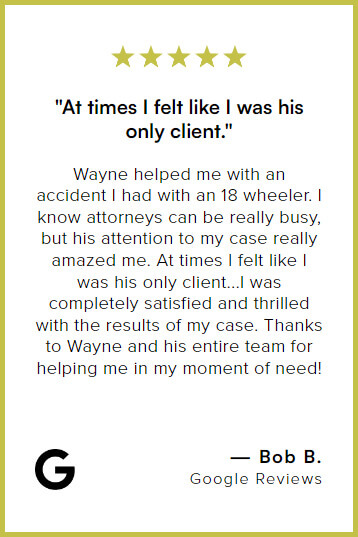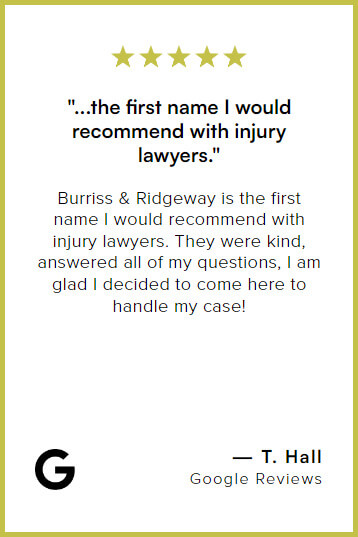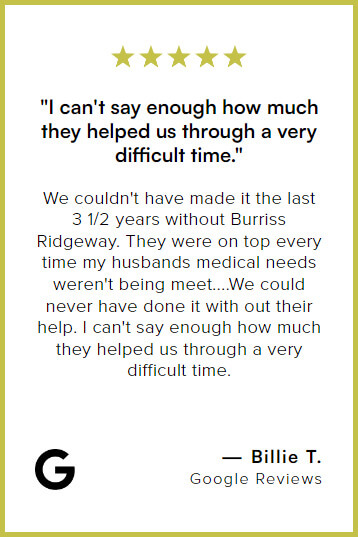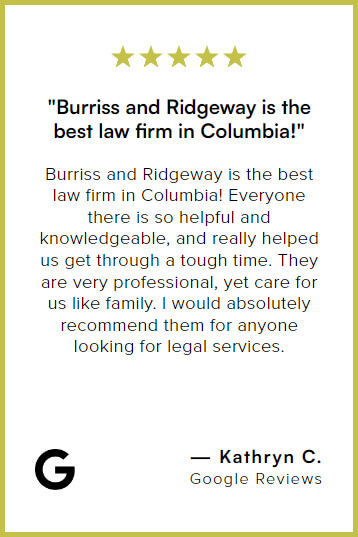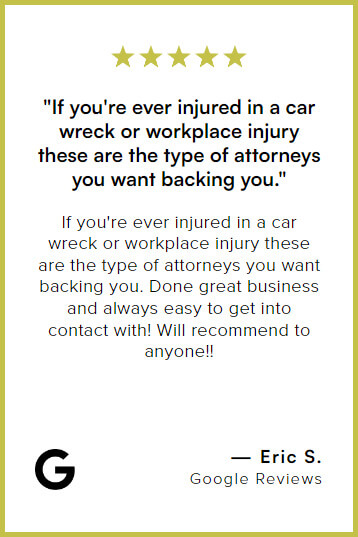Slip and falls can happen for several reasons, and liability will change depending on how the surface got slippery, whether it was properly tended to, and what the one who fell was doing leading up to the accident. In many cases, multiple parties might even be at fault, and the defendants might try to blame you for falling.
Most commonly, property owners or operators are at fault because they are responsible for keeping their property safe. However, sometimes dangers and hazards are created by other people, causing the fall to happen. Lastly, some victims of these accidents might have done something to contribute to their own fall, but this does not necessarily block them from filing a claim and getting damages from the other at-fault parties.
For help with your case, contact the Columbia, SC slip and fall lawyers at Burriss Ridgeway Injury Lawyers at (803) 451-4000.
Who Can Be at Fault for a Slip and Fall in South Carolina?
Anyone who contributes to an accident can be held partially responsible for the accident and the resulting injuries. Under a legal analysis, we determine fault by looking at who breached a legal duty required of them and whether that breach helped cause the injury.
Before anyone can be found at fault, there must be a duty they breached – meaning that they had to have done something wrong. Doing everything right, acting normally, or acting reasonably usually means that there can be no liability. For a duty to exist in the first place, there usually has to be some relationship between the victim and the defendant, such as a store and a guest/customer. Finding that duty, examining the facts, and determining which parties should be blamed in your case is something our Orangeburg, SC slip and fall attorneys will be able to help you with.
Property Owners
Property owners usually bear the brunt of the responsibility since it is up to them – i.e., part of their legal duty – to keep the property safe from hidden dangers that could injure people. Unrepaired sidewalks, slick walkways, exposed tree roots, sliding rugs, and other dangers are usually the property owner’s responsibility to clean up or repair. Failing to do so can put the property owner at fault.
Renters/Tenants
However, many owners do not perform day-to-day upkeep at rental properties. In these cases, the tenant or leaseholder is likely responsible instead of the actual property owner. This rule works the same whether we are talking about an individual/family renting an apartment or a store/business renting a commercial space; the party or entity that operates the property is responsible for upkeep.
Landlords/Property Managers
In many cases, there is actually a split in responsibilities, with landlords or property management companies maintaining responsibility for common areas and outside areas – like parking lots, atriums, sidewalks, lobbies, laundry rooms, and stairwells in apartments, malls, and office buildings. This could put them at fault instead of the property’s leaseholder for a slip in these locations, but the renter will be liable for falls inside the unit/apartment/store.
Other People
Sometimes slip and falls happen because someone else made a mess and you fell in it. This could come from something accidental, like someone spilling something in a store and forgetting to alert the staff, or something intentional, like spraying cooking spray on a walkway as a prank. In these cases, this individual might bear responsibility instead of the property owner – especially if the owner did not know about the danger yet. However, stores and property owners often have insurance to cover injuries, while these parties do not, potentially hurting your case if a random individual bears a share of the total liability.
Victims
There may be other parties that could pick up some responsibility in rare situations, but the more common person who will often be blamed is the victim. Whether this blame is justified or not, defendants will try to blame the victim for their accident by claiming the victim was not being careful enough. In other cases, your intoxication or distraction (e.g., looking down at your cell phone) might be deemed a contributing factor.
How Courts Deal with Partial Fault in South Carolina Slip and Falls
As we have discussed, many potential parties could be considered at fault for a slip and fall, so how does the law deal with multiple parties?
S.C. Code Ann. § 15-38-15 lays out the process and rules surrounding liability for multiple defendants. Subsection (B) of this statute essentially instructs juries (or the judge if it is a bench trial) to determine the total damages in the case and then assign a percentage of fault to each party who was at fault. They should also assign a percentage to the victim if the victim is to be blamed in any capacity, lowering the damages by this share of blame.
Determine Fault First
Before a percentage can be applied, the court has to determine whether parties meet the baseline requirements to be “at fault” in the first place. This is the breach of duty question discussed above; if there was no breach of duty, they are not counted in the percentage of fault in the first place.
Applying Percentage of Fault
After that, the court assigns each party’s percentage of fault based on how what they did wrong actually contributed to the accident. There are no hard and fast rules about how to determine this, and courts are supposed to weigh all the factors and look at the whole picture of the accident to make an “all-things-considered” determination.
For example, if there was a spill in a store and the workers did not clear it up after being notified, that will likely make them responsible for most, if not 100% of the fault. If the victim was perhaps looking at their phone when they slipped, that might make them partially at fault, but it is unlikely a court would call them more than 50% at fault. If we add in another party – say an upset patron who smashed a jar to cause the spill – what they did might be considered dangerous, putting them at a higher percentage of fault than the store workers.
Effect on Damages
Under Ross v. Paddy, a 2000 South Carolina Court of Appeals case, the victim can still recover damages if they were a maximum of 50% at fault. However, the defendant only pays them their share of damages based on the percentage discussed above.
Call Our South Carolina Slip and Fall Lawyers Today
If you suffered an accident, call (803) 451-4000 for a free case assessment with the Lexington, SC slip and fall attorneys at Burriss Ridgeway Injury Lawyers.

